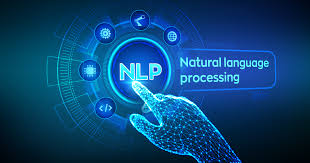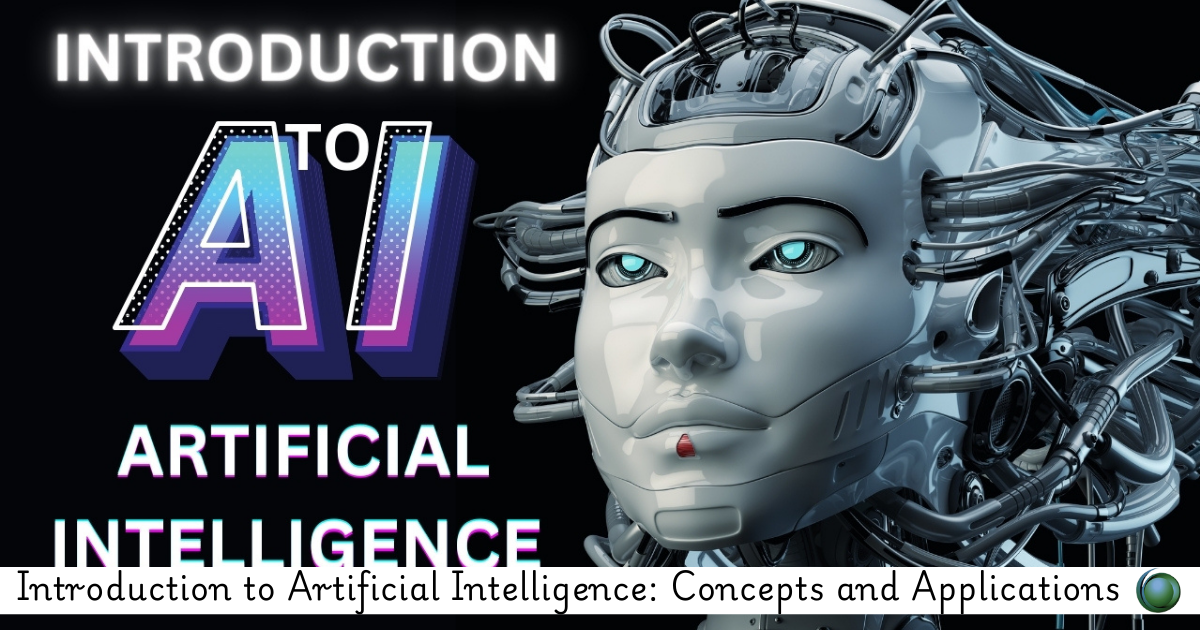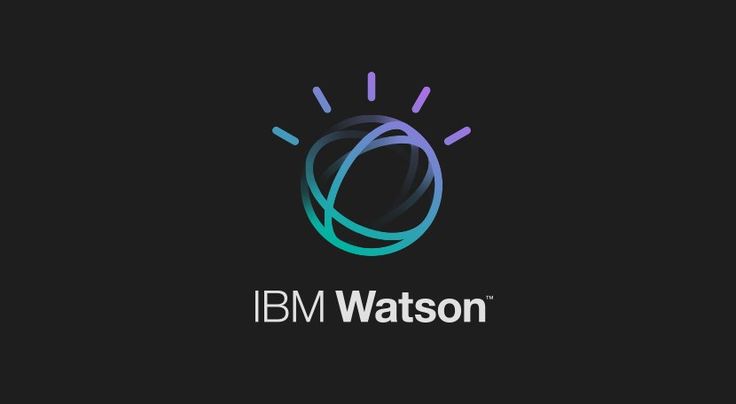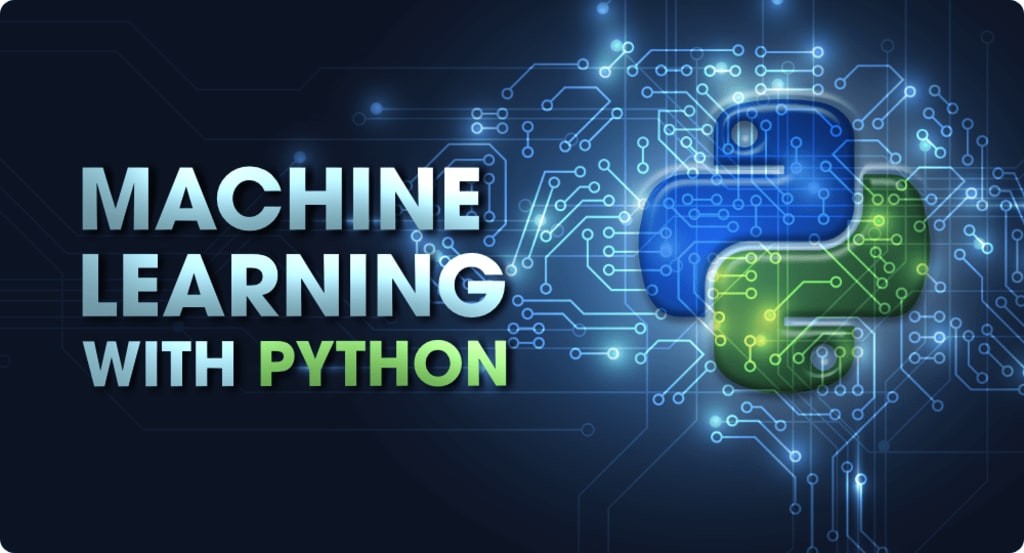Description
Introduction of Natural Language Processing
Natural Language Processing (NLP) is a key component of AI and data science, enabling machines to understand, process, and generate human language. This course provides a hands-on approach to NLP using Python, covering text preprocessing, sentiment analysis, named entity recognition, and deep learning-based NLP models. By the end of this training, participants will be able to build real-world NLP applications using Python libraries like NLTK, spaCy, and Transformers.
Prerequisites
- Basic understanding of Python programming
- Familiarity with data science concepts (recommended but not mandatory)
- Basic knowledge of machine learning (helpful but not required)
Table of Contents
1. Introduction to NLP
1.1 What is Natural Language Processing?
1.2 Applications and Real-World Use Cases
1.3 Challenges in NLP and Common Solutions
2. Setting Up the NLP Environment
2.1 Installing and Configuring Python for NLP(Ref: Basic Programming in R Python with Data manipulation)
2.2 Introduction to NLP Libraries: NLTK, spaCy, TextBlob, Scikit-Learn
2.3 Using Jupyter Notebooks for NLP Development
3. Text Processing and Cleaning
3.1 Tokenization: Splitting Text into Words and Sentences
3.2 Stopwords Removal and Text Normalization
3.3 Stemming vs. Lemmatization: Which One to Use?
3.4 Hands-On: Preprocessing Text Data
4. Text Representation: Feature Engineering for NLP
4.1 Bag of Words (BoW) Model
4.2 TF-IDF (Term Frequency-Inverse Document Frequency)
4.3 Word Embeddings: Word2Vec, GloVe, and FastText
4.4 Hands-On: Implementing Feature Extraction in Python
5. Named Entity Recognition (NER) and Part-of-Speech Tagging
5.1 Understanding Part-of-Speech (POS) Tagging
5.2 Named Entity Recognition (NER) with spaCy
5.3 Custom Named Entity Recognition Models
5.4 Hands-On: Extracting Key Information from Text
6. Sentiment Analysis and Text Classification
6.1 Understanding Sentiment Analysis
6.2 Supervised vs. Unsupervised Sentiment Models
6.3 Building a Sentiment Analysis Model with Scikit-Learn
6.4 Hands-On: Sentiment Analysis on Social Media Data
7. Topic Modeling and Text Summarization
7.1 Introduction to Topic Modeling
7.2 Latent Dirichlet Allocation (LDA) for Topic Detection
7.3 Extractive vs. Abstractive Text Summarization
7.4 Hands-On: Summarizing Articles and News Data
8. NLP with Deep Learning: Transformers and BERT
8.1 Introduction to Neural Networks for NLP
8.2 Understanding Transformers and BERT
8.3 Fine-Tuning Pretrained Models for NLP Tasks
8.4 Hands-On: Implementing BERT for Text Classification
9. Building Real-World NLP Applications
9.1 Chatbot Development Using NLP
9.2 Text-Based Recommendation Systems
9.3 NLP in Healthcare and Finance
9.4 Hands-On: Creating an End-to-End NLP Pipeline
10. Deploying NLP Models
10.1 Model Deployment Strategies: APIs vs. Cloud Solutions
10.2 Using Flask and FastAPI for NLP Model Deployment
10.3 Hands-On: Deploying an NLP Model as a Web Service
Conclusion
This course provides a comprehensive understanding of NLP techniques and their implementation using Python. By the end, participants will be equipped with the skills to build, deploy, and optimize real-world NLP applications.







Reviews
There are no reviews yet.